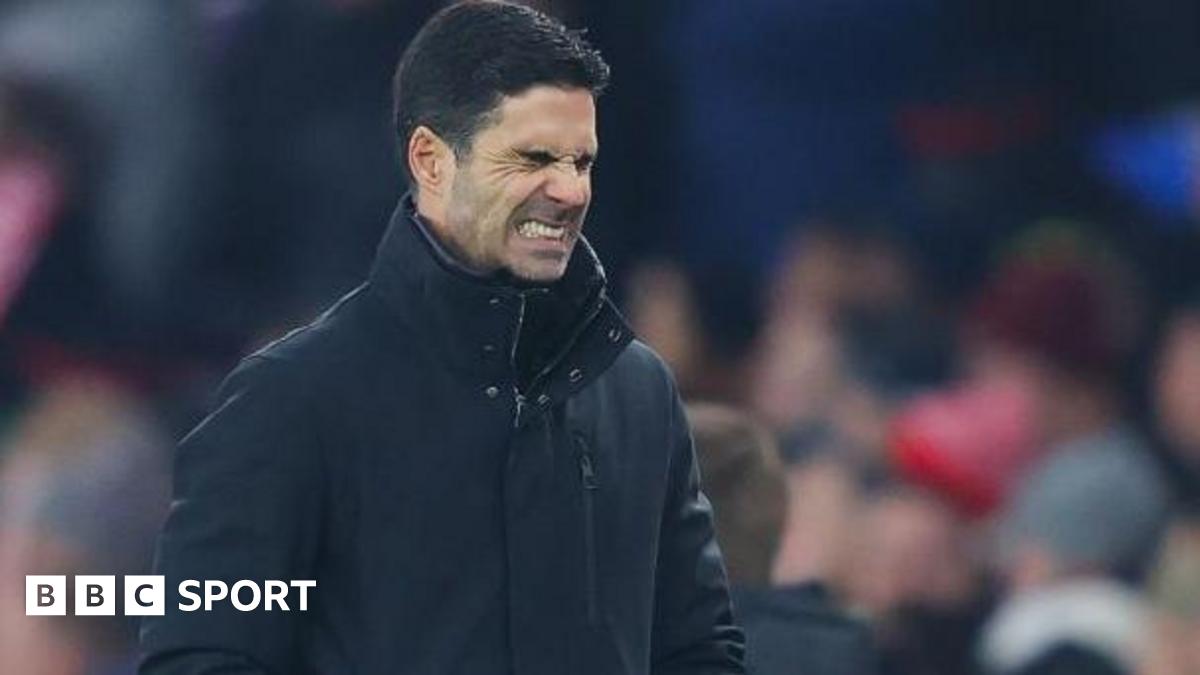Arsenal’s recent significant investment in Sporting Lisbon striker Viktor Gyokeres, totaling an initial £54.8 million, underscores a critical area of concern for the club: persistent goal-scoring struggles over the past two seasons. This strategic move by the Gunners signals a clear intent to rectify a recurring issue that has arguably hampered their aspirations, particularly in the highly competitive Premier League.
The decision to bring in Gyokeres comes after a period where the attacking unit, despite flashes of brilliance, lacked the consistent cutting edge required at the elite level. He represents only the third striker signed under Mikel Arteta’s tenure, following Kai Havertz and Gabriel Jesus, and is notably considered the first genuine number nine, indicating a shift in tactical approach and a direct response to the identified need for a prolific forward.
A significant contributing factor to Arsenal’s dip in attacking output was the unfortunate injury sustained by hybrid forward Kai Havertz, which sidelined him for nearly all of the second half of the previous campaign. Havertz’s versatility and unique role in Arteta’s system provided a different dimension to their attacks, and his absence undoubtedly left a void that proved challenging to fill, impacting the team’s overall fluidity and goal-scoring threat.
Statistical analysis from the 2024-25 Premier League season starkly illustrates Arsenal’s decline in front of goal. The Gunners scored a concerning 22 fewer goals compared to the preceding season, a significant drop that directly impacted their league position and overall performance. This reduction was not an isolated metric, as their tallies for both shots on target and expected goals (xG) also experienced dramatic decreases, painting a clear picture of an offense struggling to convert chances.
This quantifiable downturn in Arsenal’s attacking numbers can be attributed to several critical factors within their play. Experts and analysts have pointed towards a discernible lack of dynamic movement off the ball, a diminished presence within the opposition’s penalty area, and a general deficit in precision during crucial moments in attack. These elements combined to make it increasingly difficult for the team to break down resilient defenses and create high-quality scoring opportunities.
Further correlating with their diminishing goal returns, Arsenal’s underlying attacking metrics revealed fewer shots taken and, perhaps more tellingly, fewer touches recorded within the opposition box during the 2024-25 season when compared with the previous two years. This trend highlights a broader issue of the team struggling to consistently penetrate dangerous areas and exert sustained pressure on opposing defenses, consequently limiting their opportunities to score.
The arrival of Viktor Gyokeres, therefore, is not merely another transfer; it is a strategic imperative designed to inject much-needed firepower and a focal point into Arsenal’s attack. The hope is that his presence, movement, and natural goal-scoring instincts will provide the missing link, elevating the Gunners’ offensive capabilities and ensuring they can consistently challenge for top honors in the Premier League and beyond under Mikel Arteta’s guidance.






Leave a Reply